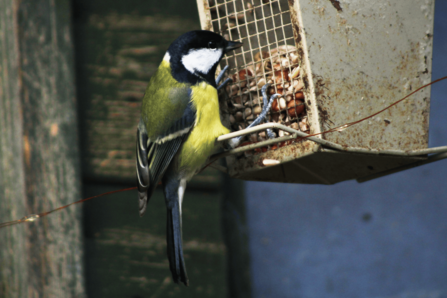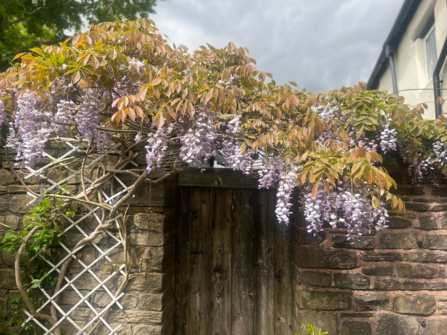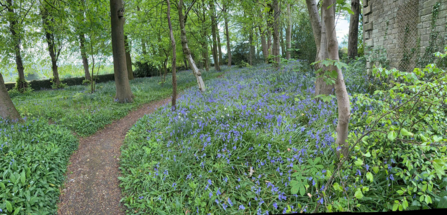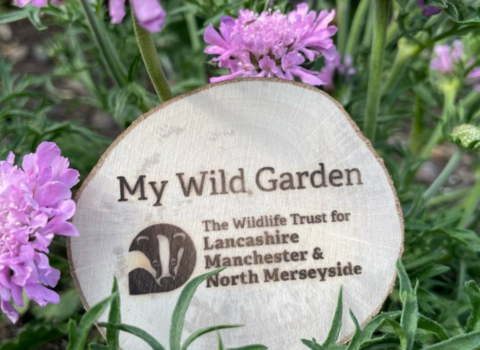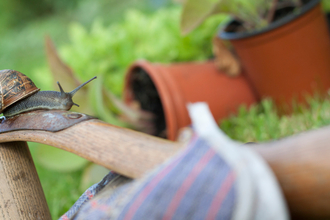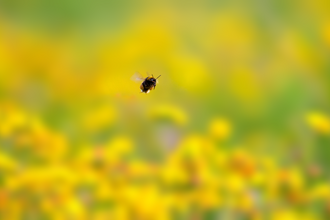How you're creating havens for wildlife
Across our region, supporters like you are transforming gardens into thriving habitats for wildlife. Through our My Wild Garden survey, we’ve seen how small actions — from planting wildflowers to adding ponds — are making a big difference for nature.
Whether you’ve got a few pots on a patio or a full-sized plot, your wild garden matters. Here’s a snapshot of how supporters are helping wildlife thrive, one theme at a time.


